end tidal co2 range in cardiac arrest
If a patients heart stops and a patient goes into cardiac arrest end-tidal CO2 monitoring can help healthcare providers determine if chest compressions are being performed adequately. Also called capnometry or capnography this noninvasive technique provides a breath-by-breath analysis and a continuous recording of ventilatory status.

Etco2 Valuable Vital Sign To Assess Perfusion The Airway Jedi
In clinical observational studies mean ETCO 2 levels in patients with ROSC are higher than those in patients with.

. Although the normal range for CO2 should be. CO2 will decrease prior to a cardiac arrest in patients that are intubated in an intensive care setting. CO 2 levels were significantly lower in cardiac arrest patients when compared with hypotensive patients 1 2 3 and 4 hours prior to a cardiac arrest see Table 1.
In recent years there has been an increased interest in the use of capnometry the noninvasive continuous measurement of partial pressure of end-tidal carbon dioxide petCO 2 in expired air. The purpose of this systematic review is to evaluate the prognostic value of ETCO2 during cardiac arrest and to explore whether ETCO2 values could be utilised as a tool to predict the outcome of resuscitation. A prospective observational study using a convenience sample.
End-tidal carbon dioxide ETco 2 monitoring provides valuable information about CO 2 production and clearance ventilation. End-tidal carbon dioxide cannot be used to rule out severe injury in patients meeting the criteria. Because it splits into CO2 and H20 So if rises after NaHCO3 do not.
Pierre Kory Laura OBrien RN CNS. Because impaired circulation during arrest causes CO2 to build up in the bloodstream the initial ETCO2 reading may initially be higher than the normal 35. Predicting likelihood of return of spontaneous circulation ROSC in that a persistently low ETCO2 tends to predict death whereas a high or rising ETCO2 is associated with a.
We aimed to identify distinct trajectories of end-tidal carbon dioxide EtCO 2 during cardiopulmonary resuscitation in patients with out-of-hospital cardiac arrest OHCA and to investigate the association between EtCO 2 trajectories and OHCA outcomes. Measuring end-tidal CO2 in cardiac arrest patients is helpful for. End tidal CO2 in cardiac arrest.
End tidal carbon dioxide CO2 correlates with cardiac output during cardiopulmonary resuscitation in cardiac arrest patients. November 11 2012. Cardiac arrest still carries a high mortality rate with survival to discharge only 1015 in witnessed arrests 1 2.
Respiratory end tidal CO2 ETCO is a marker of pulmonary blood flow and possibly cardiac arrest. Mean CO 2 values were significantly higher in normal patients when compared with those in patients who had a cardiac arrest 3018 493 vs. Literature search was performed using Medline and EMBASE.
MEASURING END-TIDAL CO 2 LEVELS DURING CARDIAC ARREST Presentation for MSBI Nurses Prepared by Dr. In fact its commonly called the. Studies have shown that in patients who had ETCO2 of 10 mmHg or less cardiac arrest was associated with death 13 14.
End-Tidal CO2 as a Predictor of Cardiac Arrest Survival. Measurement of end-tidal expiratory pressure of carbon dioxide ETCO 2 using capnography provides a noninvasive estimate of cardiac output and organ perfusion during cardiac arrest and can therefore be used to monitor the quality of CPR and predict return of spontaneous circulation ROSC. After 20 minutes of CPR death occurs if ETCO2 is consistently below 10 mmHg with 100 sensitivity and specificity 15.
The purpose of this study was to evaluate ETCO as a quantitative marker of cardiac arrest in a human model of ventricular fibrillation VF. BackgroundPhysiology 2 Monitoring end-tidal CO 2 ET-CO 2 provides instantaneous information about ventilation how effectively CO. Increasing CO2 during CPR can also indicate the return of spontaneous circulation.
Partial pressure of end-tidal carbon dioxide successful predicts cardiopulmonary resuscitation in the field. The first aim of the study was to investigate whether arteriolealveolar carbon dioxide difference AaDCO2 which is calculated using blood gas parameters and end-tidal carbon dioxide EtCO2 which is measured by capnography could be used as prognostic markers for patients with cardiac arrest in which ROSC is provided. Primary service area of an advanced life support ALS ambulance service including a city with a population of 70745 and the surrounding area with a.
This was a secondary analysis of a prospectively collected database on adult patients with OHCA who had been resuscitated. There are approximately 50000 treated cardiac arrests each year in the UK with overall survival rate of less than 4. In addition a decrease in the EtCO2 during resuscitative events of 25 was associated with a significant increase in mortality.
Cardiac arrest is a common presentation to the emergency care system. 1 The decision to terminate cardiopulmonary resuscitation CPR is often challenging to heath care providers mainly due to the lack of objective and clearly defined criteria identifying. To assess the prognostic value of initial end-tidal CO2 pressures PETCO2 during CPR in patients with out-of-hospital cardiac arrest OHCA.
Animal studies have shown that end-tidal carbon dioxide EtCO 2 detected during CPR is primarily dependent on pulmonary blood flow and is therefore a potential surrogate marker of. Thirty-one cardiac arrestVF episodes mean BP 40 mmHg in 8 men and 3 women mean age 42. An accurate early predictor of the outcome of resuscitation is needed.
Kolar M Krizmaric M Klemen P Grmec S. Levels of end-tidal carbon dioxide were continuously recorded. A prospective observational study.
Outcomes23 During cardiac arrest CPR functions to deliver substrate to vital organs. Capnography can also let healthcare providers know if the patients heart starts working again on its own. PetCO 2 monitoring has been useful in determining the effectiveness of cardiopulmonary resuscitation.
During cardiopulmonary reanimation CPR the petCO 2 correlates with. In one of largest studies to date of prehospital capnography in cardiac arrest an initial EtCO2 10 mmHg 13 kPa was associated with an almost five-fold higher rate of return of spontaneous circulation ROSC. Levine RL Wayne MA Miller CC.
End-tidal carbon dioxide and outcome of out-of-hospital cardiac arrest. Goals of this investigation. Pigs were considered healthy upon arrival to the laboratory.

Abstract 223 End Tidal Carbon Dioxide Levels Predict Cardiac Arrest Circulation
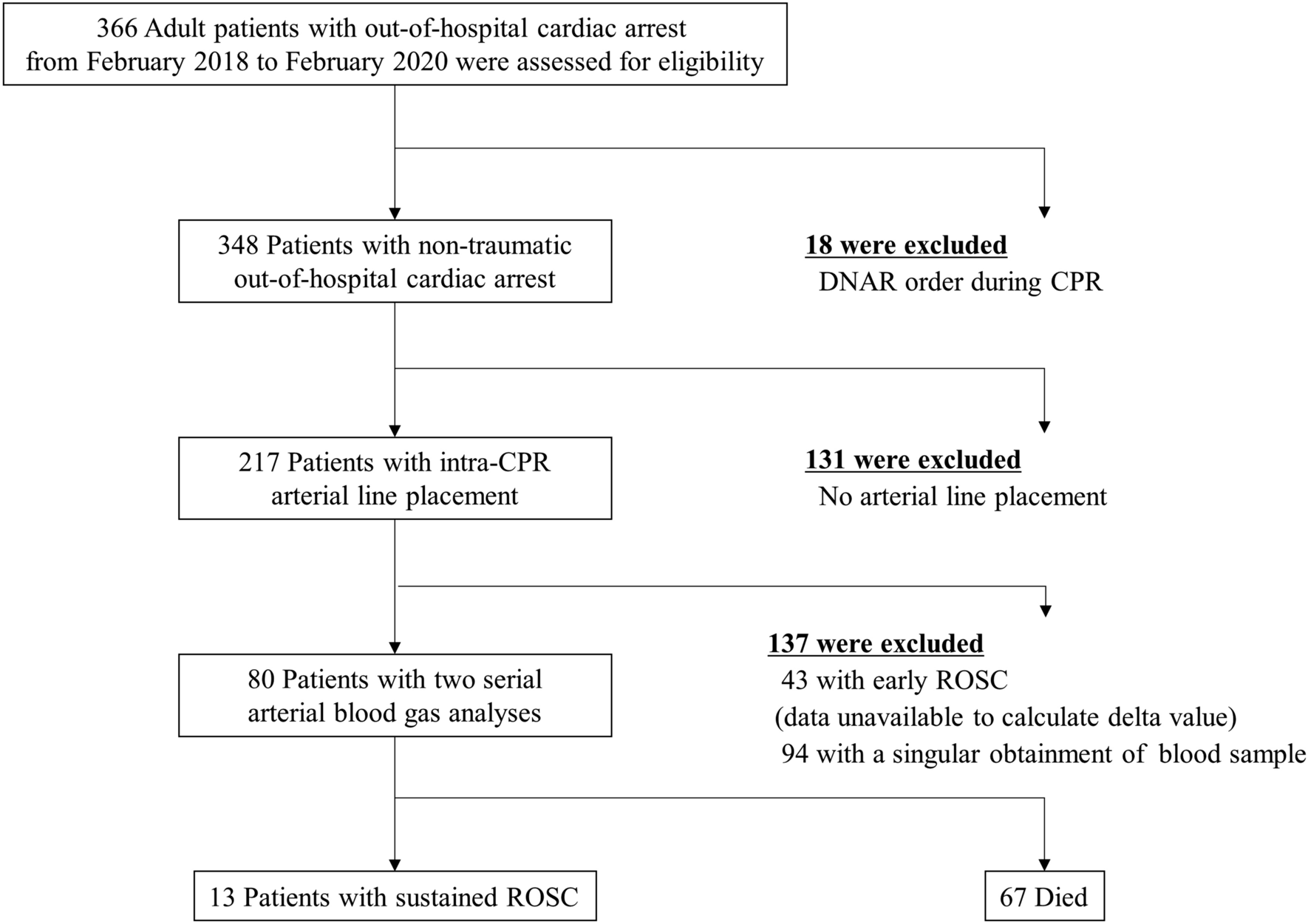
Dynamic Changes In Arterial Blood Gas During Cardiopulmonary Resuscitation In Out Of Hospital Cardiac Arrest Scientific Reports

Value Of Capnography To Predict Defibrillation Success In Out Of Hospital Cardiac Arrest Resuscitation

Average Etco2 Kpa During Cpr In Patients With Or Without Rosc Download Scientific Diagram
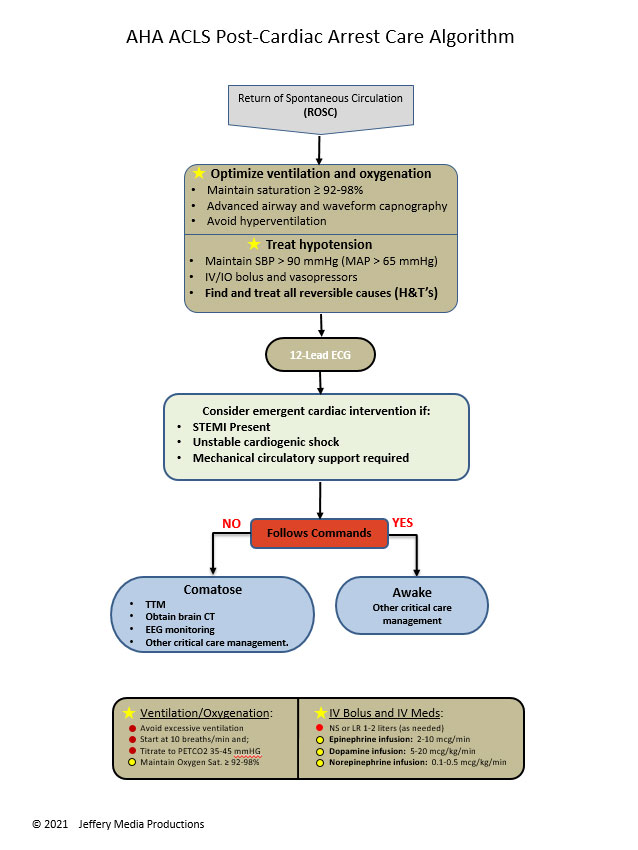
Post Cardiac Arrest Care Acls Algorithms Com
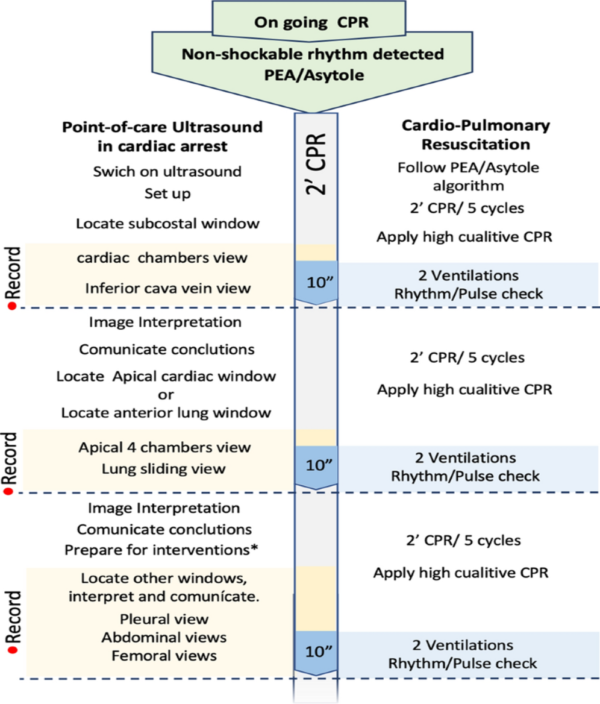
Cardiac Arrest Pocus Communication Ecpr Termination Em Cases

Monitoring Exhaled Carbon Dioxide Respiratory Care
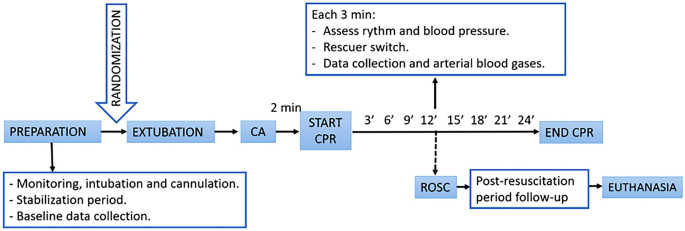
Effects Of Airway Management And Tidal Volume Feedback Ventilation During Pediatric Resuscitation In Piglets With Asphyxial Cardiac Arrest Scientific Reports

Quantitative Waveform Capnography Acls Medical Training

Pin On Trauma And Resuscitation

Clinical Rationale Textbook Hey Guy I Have Been Asked To Talk About Capnography Or Etco2 Monitoring With This Now Being Introduced For Als In Cardiac Arrest Outside Of Cardiac Arrest This

End Tidal Pco2 During Cardiopulmonary Resuscitation In All Patients Download Scientific Diagram

The Use Of End Tidal Carbon Dioxide Etco2 Measurement To Guide Management Of Cardiac Arrest A Systematic Review Resuscitation

Capnography A Support Tool For The Detection Of Return Of Spontaneous Circulation In Out Of Hospital Cardiac Arrest Resuscitation

Comparison Of Manual And Mechanical Chest Compression Techniques Using Cerebral Oximetry In Witnessed Cardiac Arrests At The Emergency Department A Prospective Randomized Clinical Study The American Journal Of Emergency Medicine
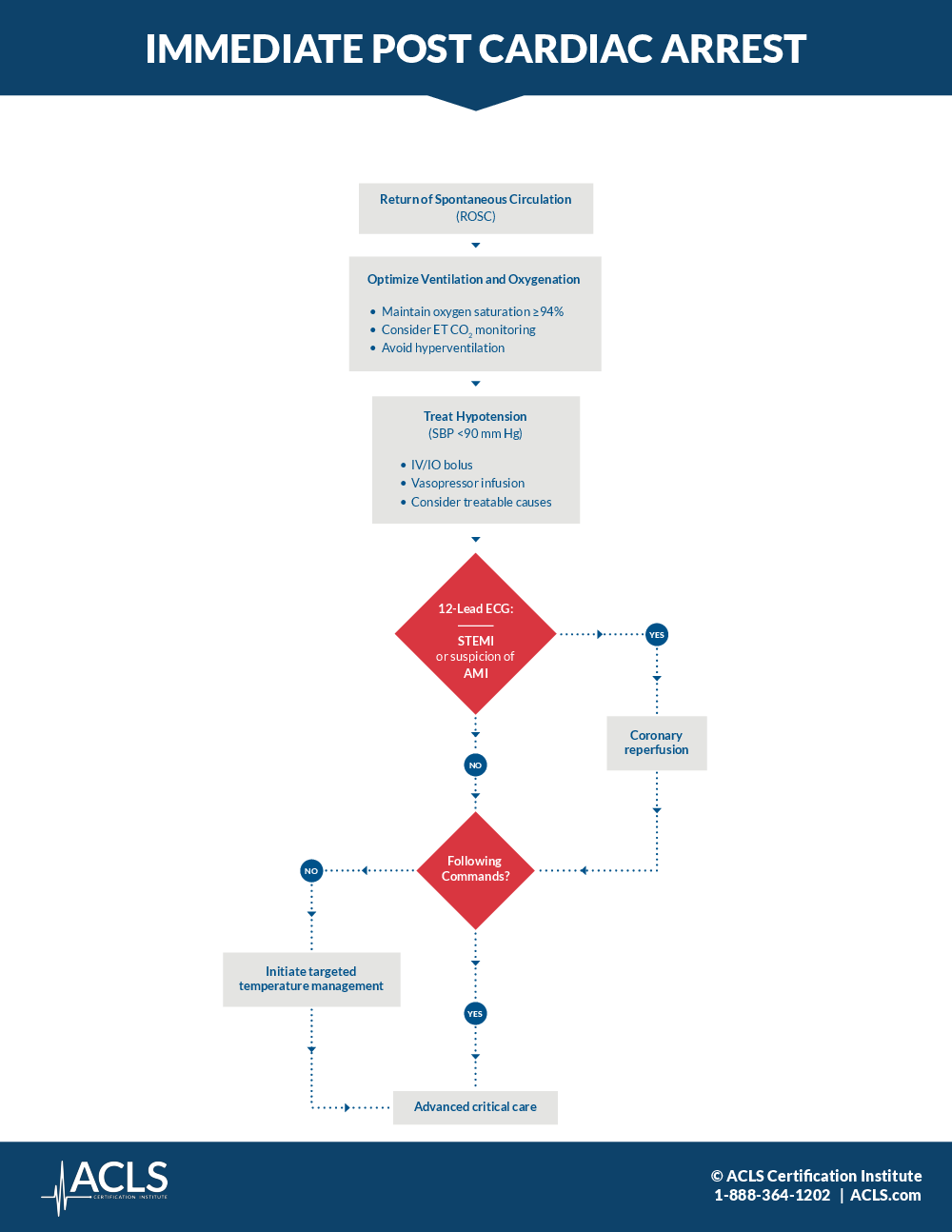
Immediate Post Cardiac Arrest Care Algorithm Acls Com Resources

End Tidal Carbon Dioxide Etco2 And Ventricular Fibrillation Amplitude Spectral Area Amsa For Shock Outcome Prediction In Out Of Hospital Cardiac Arrest Are They Two Sides Of The Same Coin Resuscitation

The Impact Of Ventilation Rate On End Tidal Carbon Dioxide Level During Manual Cardiopulmonary Resuscitation Resuscitation

The Association Between End Tidal Co2 And Return Of Spontaneous Circulation After Out Of Hospital Cardiac Arrest With Pulseless Electrical Activity Resuscitation